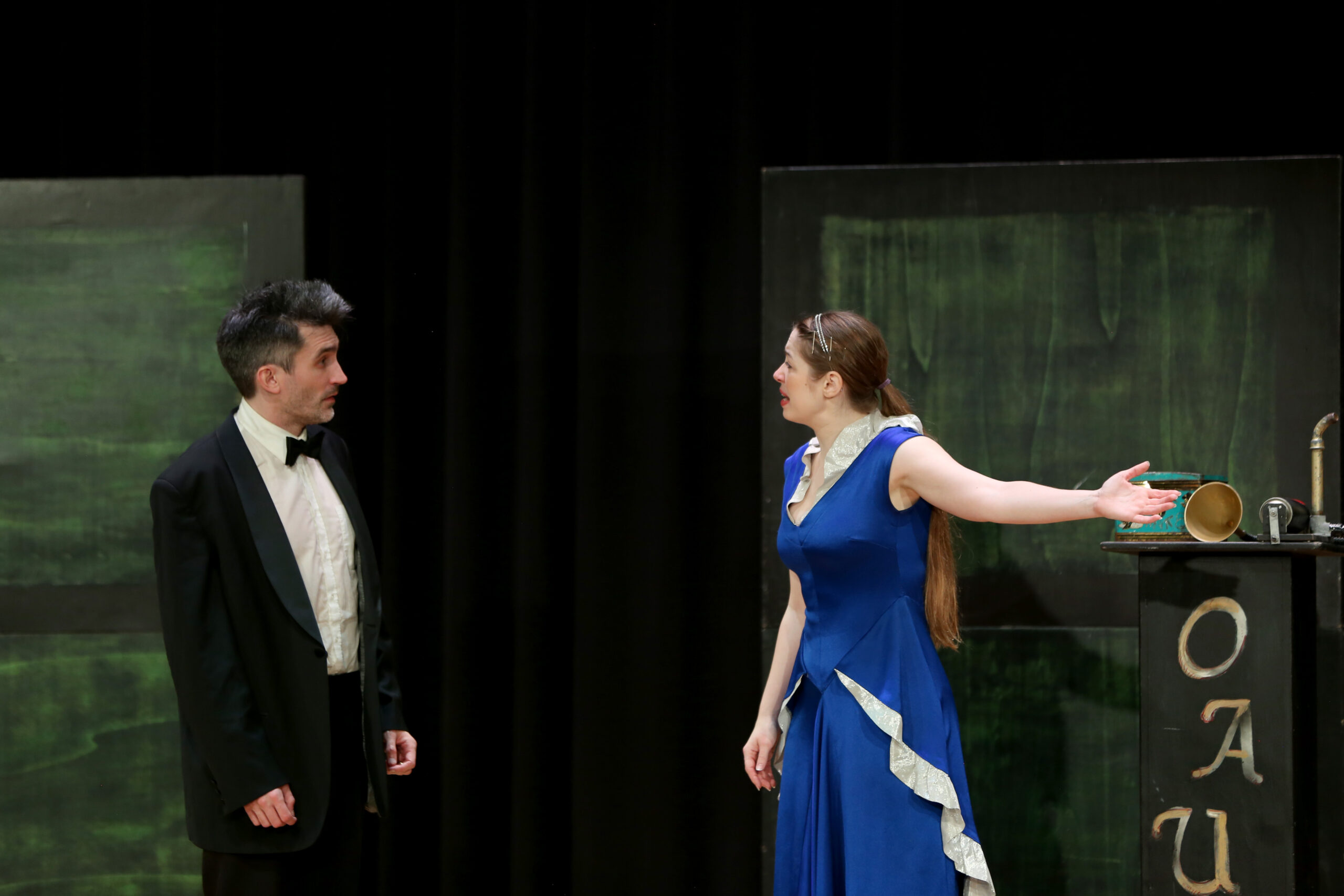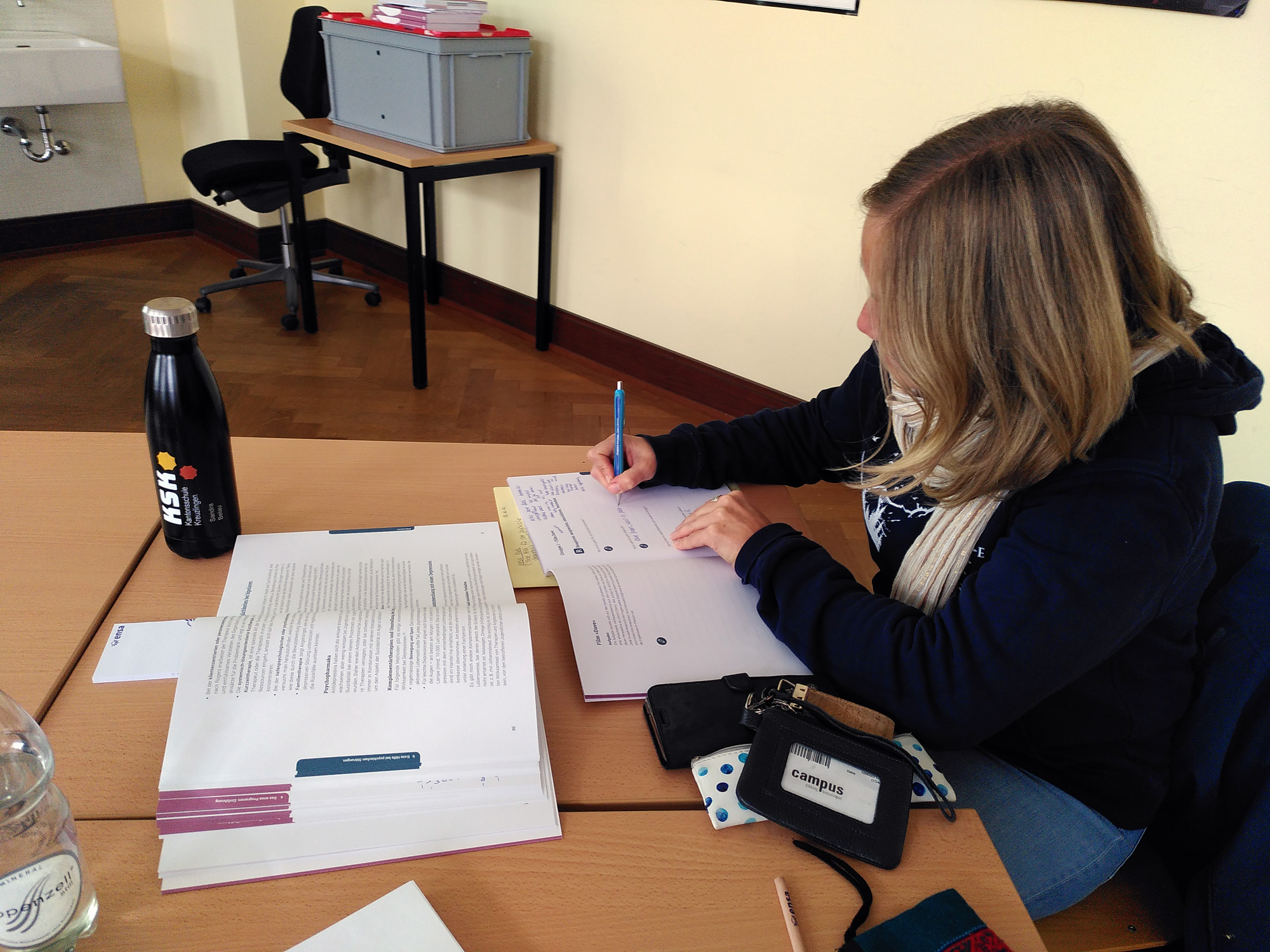For many years, the touring company of the American Drama Group has been coming to Kantonsschule Kreuzlingen to perform classics of English literature. This week, they presented George Bernard Shaw’s masterpiece Pygmalion. It is the story of an uneducated flower girl turned pretend-duchess by a language professor.
Corina Tobler
Before My Fair Lady became a blockbuster starring Audrey Hepburn and winning eight Oscars in 1965, it was a Nobel-Prize-winning play entitled Pygmalion. The Irish playwright George Bernard Shaw named his most famous play after the myth of the sculptor and convinced bachelor Pygmalion. He renounces the company of women to focus on his art instead. However, upon creating a beautiful sculpture he named Galatea, he cannot resist the charms of his own creation and falls in love with the woman made of stone. Luckily, the goddess of love is merciful and makes Galatea come to life.
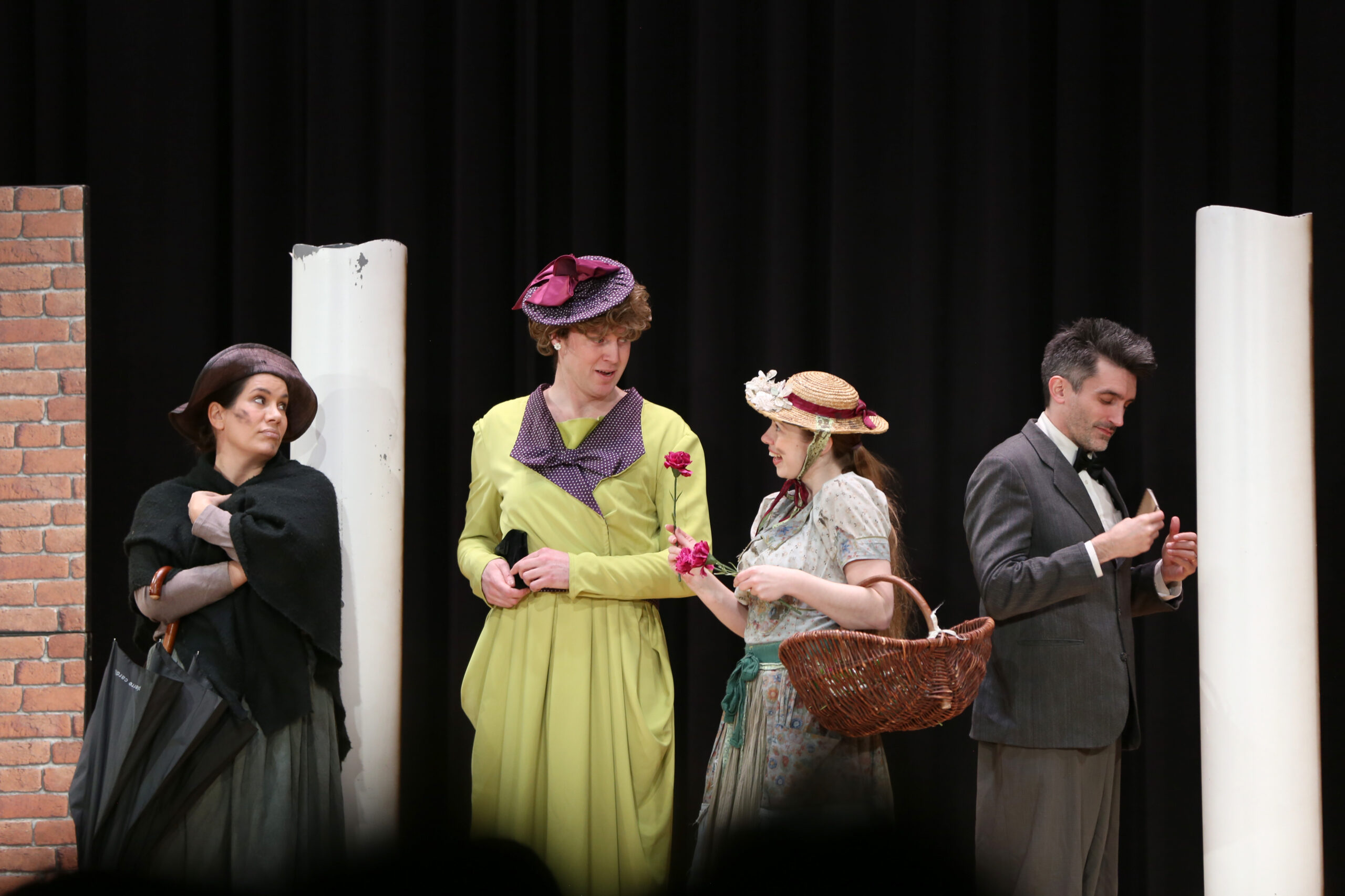
In Shaw’s play and the American Drama Group’s adaptation of it, Pygmalion appears on stage in the role of phonetics professor Henry Higgins. A renowned expert in his field, he is rather full of himself and full of disgust for those who mutilate the English language with their lousy grammar and horrendous pronunciation. It is no wonder that, when he accidentally meets Eliza Doolittle on a rainy evening in Covent Garden, he cannot empathise with her fears that he might be a police officer and take away what little income the flowers she sells provide her with. A woman speaking like her, he quickly concludes, «has no right to live.» Thus, the romance of the myth is not quite present on the stage of the Campus Aula.
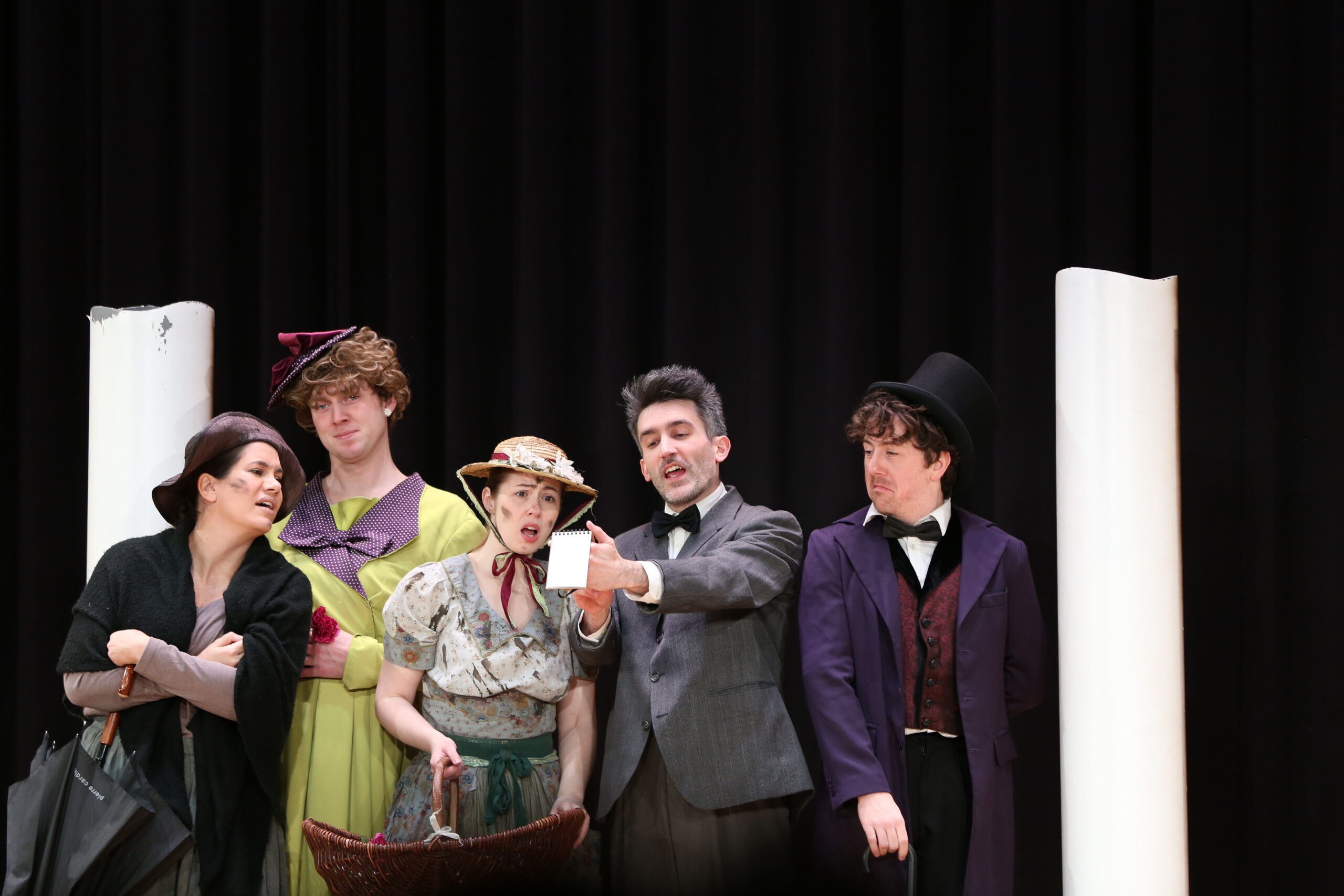
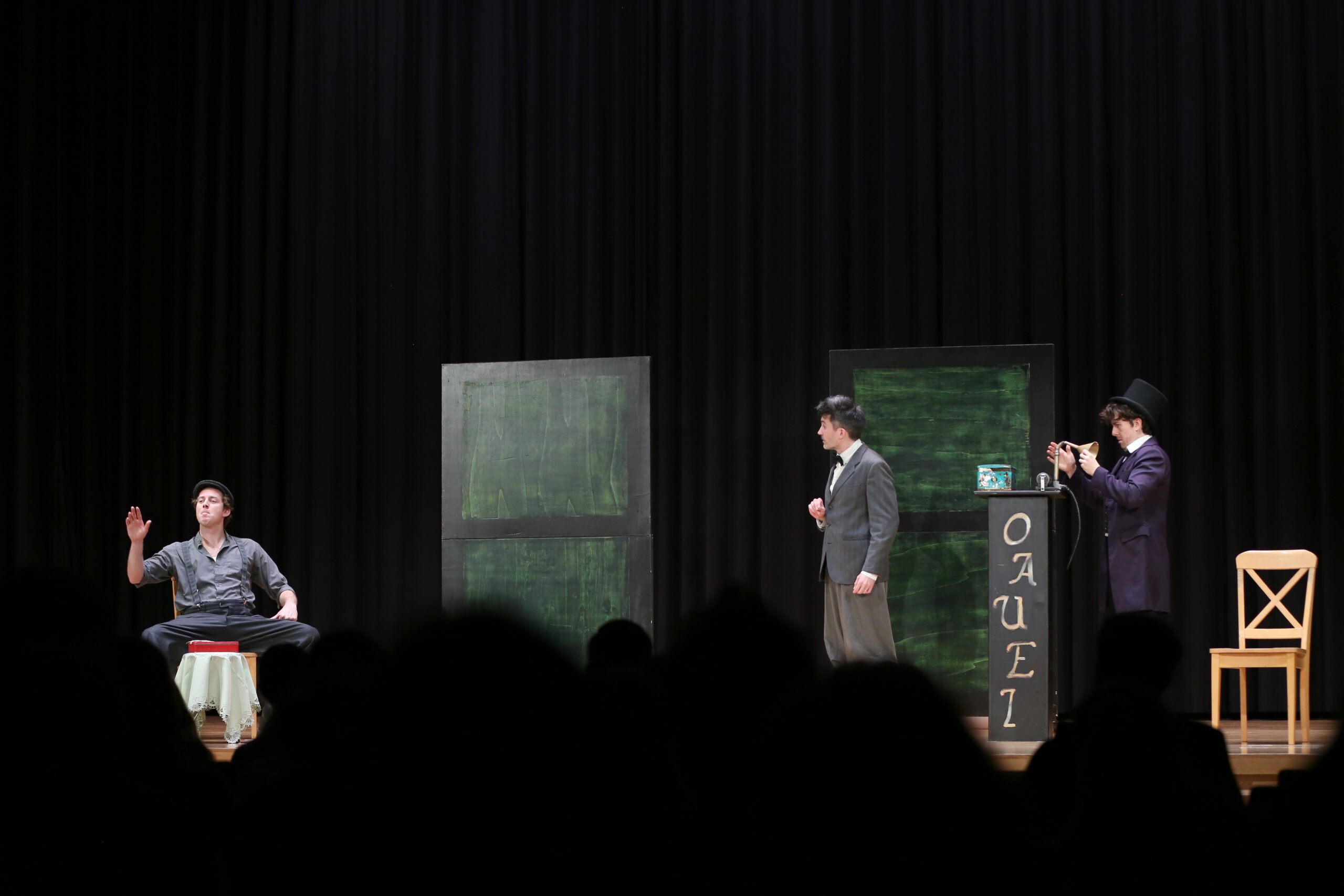
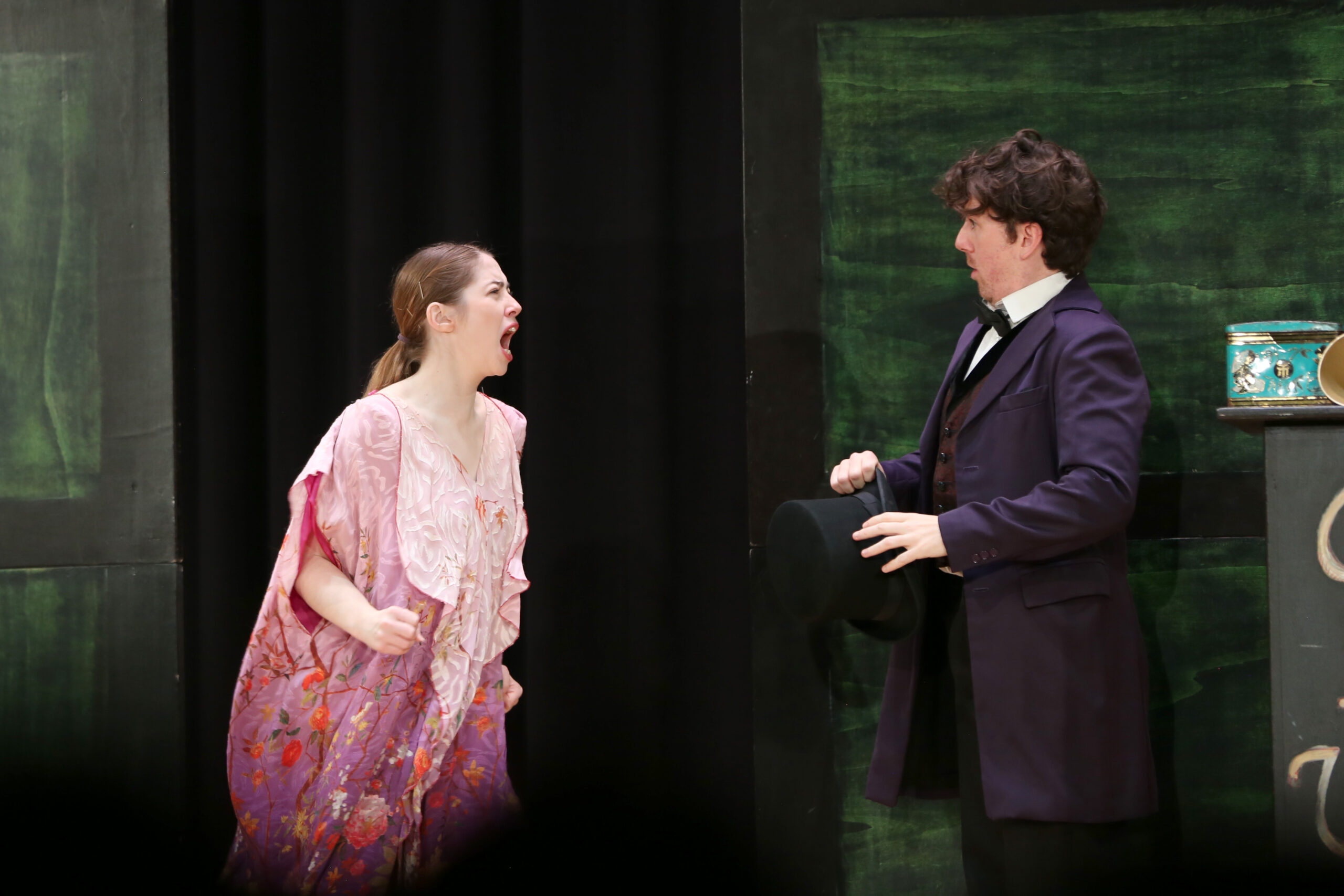
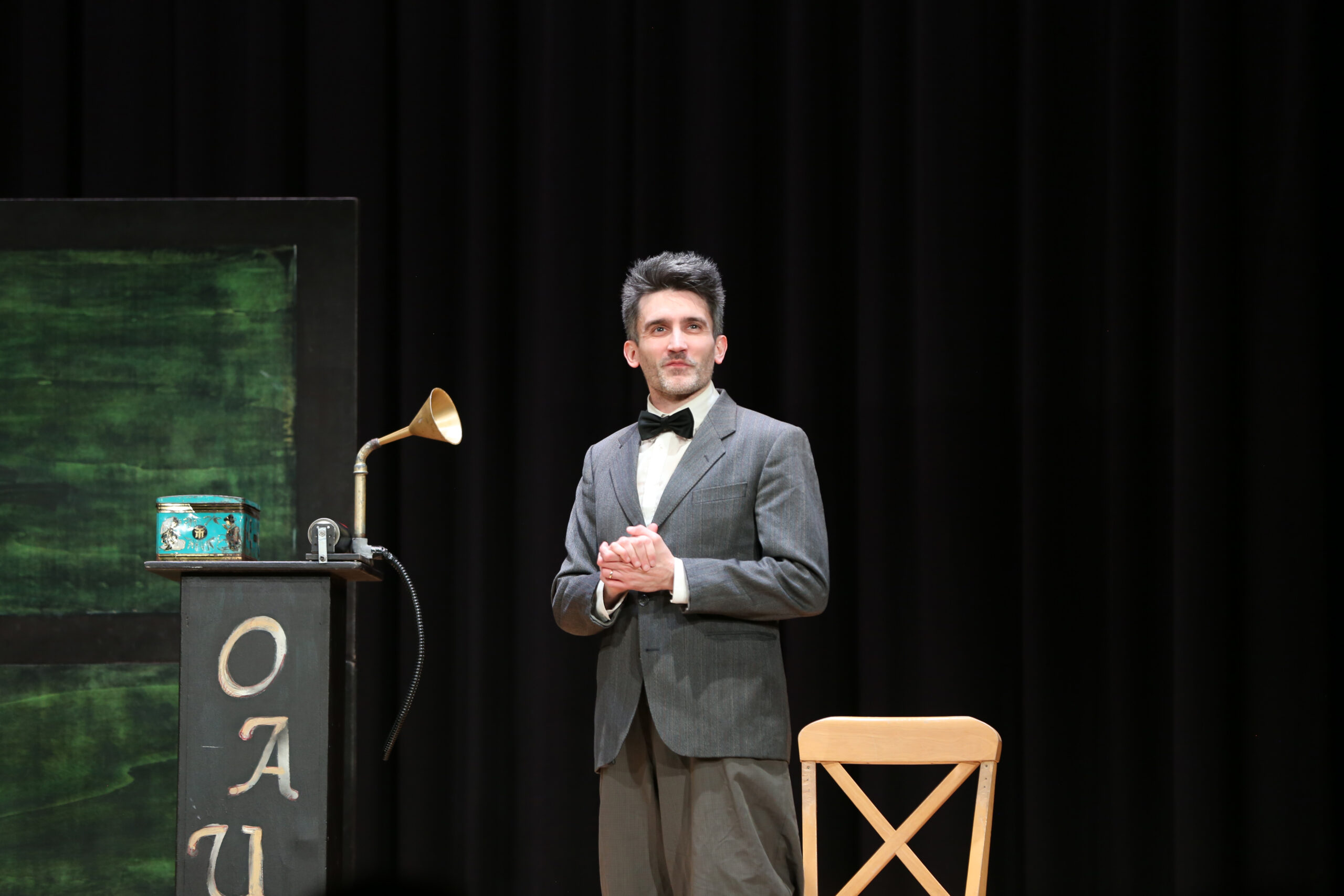
Nonetheless, Henry Higgins and his friend Colonel Pickering – himself a language expert – do take some sort of liking to Eliza after all. They turn her into their pet project so Henry can win a bet he entered with Pickering: He wishes to prove that with his teaching, he can pass the less-than-eloquent girl off as a duchess at Buckingham Palace within just six months. Soon enough, Eliza makes impressive progress, despite some hiccups along the way, such as the appearance of her father, who sort of wants his daughter back but ends up being fine with accepting £5 to allow the men to keep her.
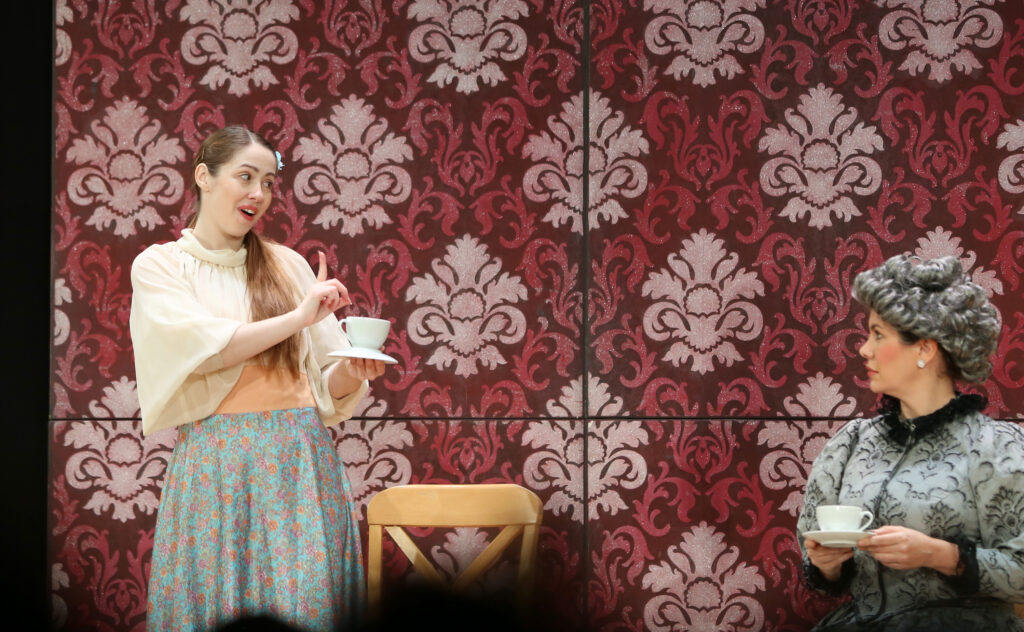
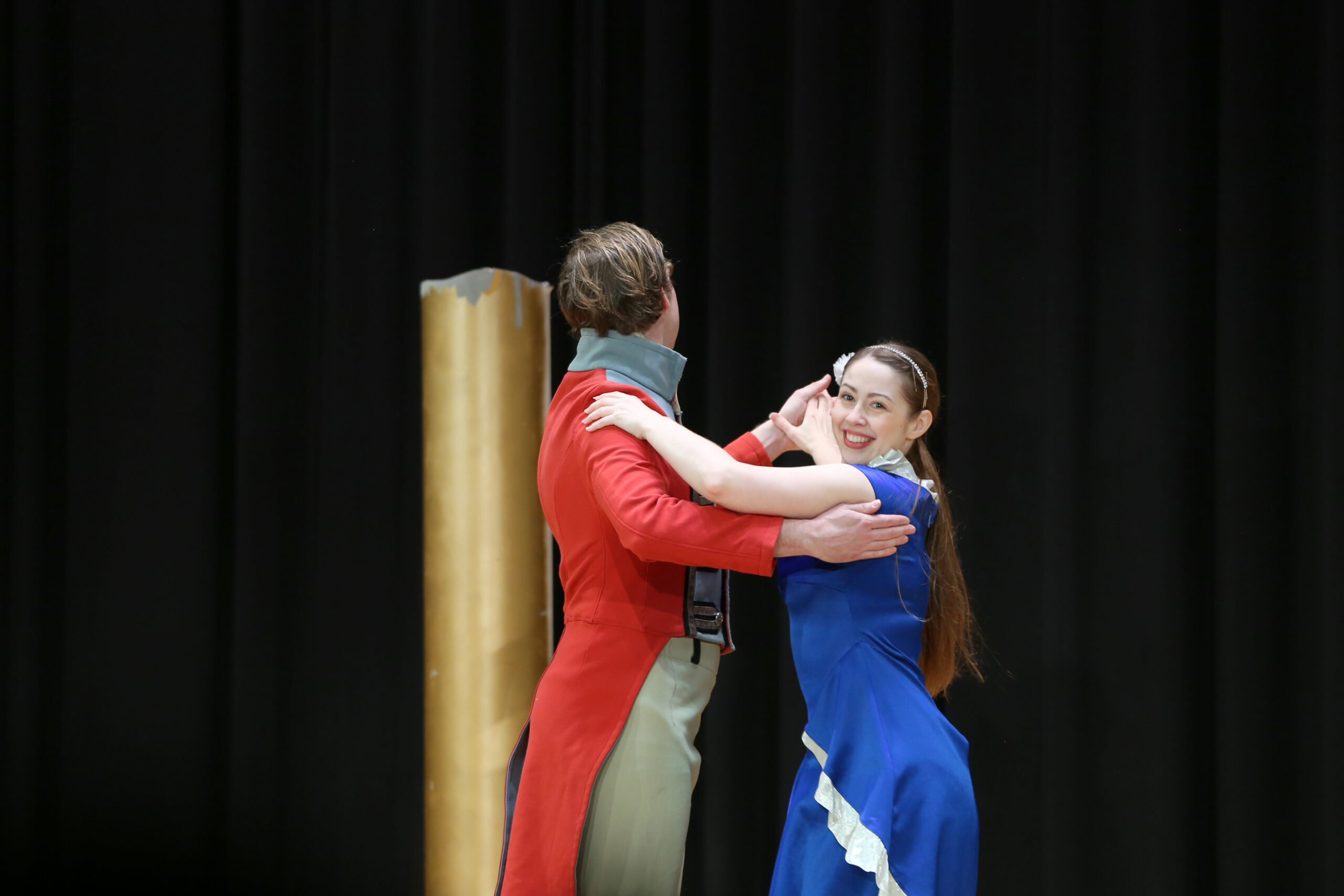
To little surprise, Eliza soon charms not only Henry Higgins‘ mother – the professor’s most ardent critic – but also everyone at the royal ball. Yet while Higgins is proud of his success and at the same time bored by how easily he has won his bet, the evening ends in a brutal realisation for Eliza. In the play’s most dramatic scene, she breaks down in tears, repeatedly asking, «What’s to become of me?» Higgins, believing the promise of a marriage, which Eliza’s improved language and manners should allow for, will calm her down, gets it wrong again. «We were above that at Covent Garden,» Eliza rebukes him, «I sold flowers. I didn’t sell myself.» True to the inspiration behind the play, Eliza does not stop there. Her character, like Galatea’s, comes to life – in the form of a woman claiming her independence from the man who claims to have created her.
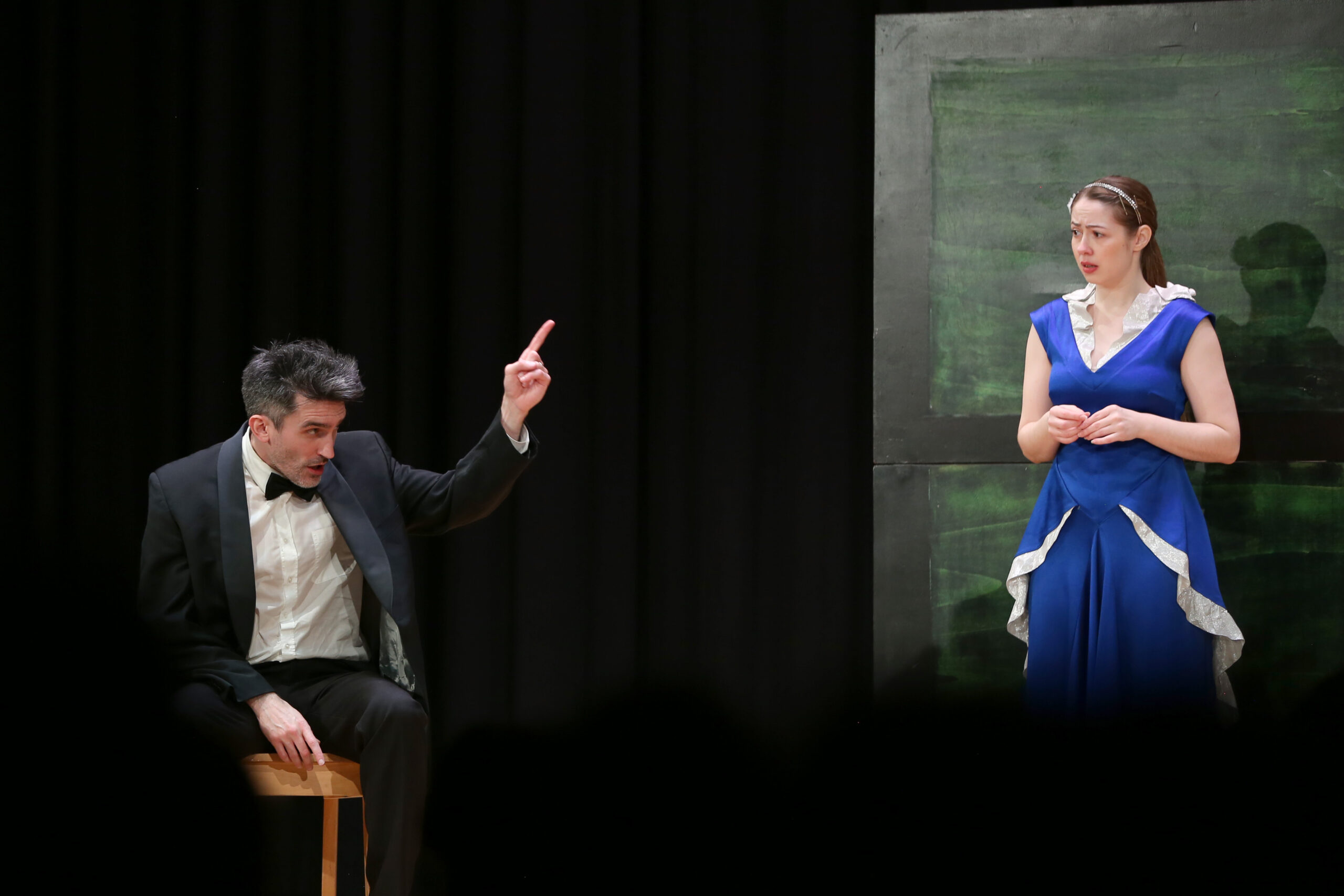
Shaw’s play was done justice by the group of just five actors. They doubled and tripled parts convincingly, which involved costume changes at high speed and a clever, minimalist yet multifunctional set. Some audience members questioned the necessity of the added gimmicks to some scenes, but the core of Shaw’s masterpiece came through clearly in a performance full of verve and cheeky humour.
